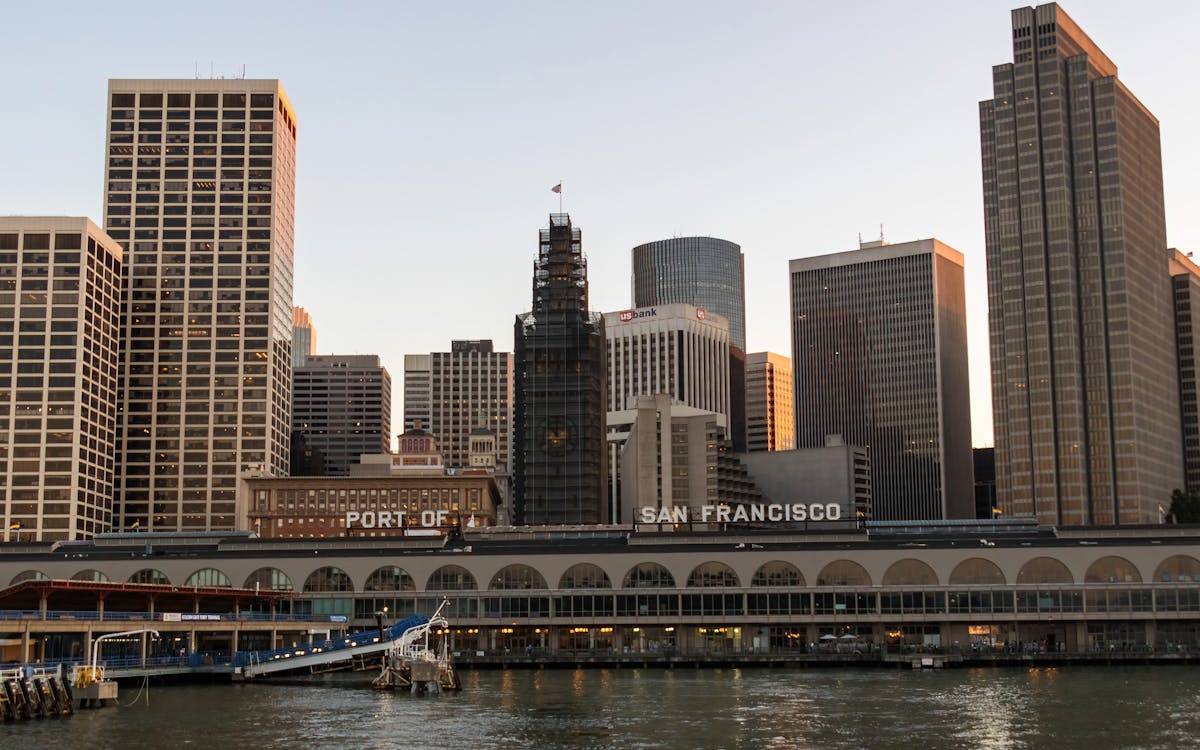
Why Restoration Matters More Than Ever in the Bay Area
Over the last few decades, the San Francisco Bay has actually weathered the effect of metropolitan growth, industrial development, and climate change. As soon as including wild animals and rich wetlands, many of the bay's natural communities have been fragmented or degraded. Yet in the middle of these obstacles, something exceptional is occurring: local homeowners, volunteers, and grassroots efforts are leading a wave of environmental reconstruction that's bringing brand-new life back to the Bay.
Remediation isn't just about growing trees or cleaning up garbage, though those efforts are important. It's concerning rebuilding the structures of life, from marsh turfs that sustain fish nurseries to coastline barriers that guard against flooding. And in this area, the power of community participation is turning the trend very reasonably.
From Marshland to Miracle: The Return of Native Habitats
Among the most noticeable changes occurring in the Bay Area is the re-emergence of indigenous habitats. Wetlands that were as soon as drained or paved over are being rehydrated and replanted. Lawns and shrubs native to the area are being grown by community groups, that frequently count on neighborhood volunteers to help grow seed startings and manage controlled planting events.
These indigenous plants do greater than include plant to the landscape. They offer sanctuary to migratory birds, pollinators, and little creatures, developing pockets of biodiversity amid busy urban zones. As these habitats broaden, so does the environmental wellness of the Bay itself. When neighborhood homeowners take time out of their weekend breaks to obtain their hands in the dirt, they're not simply growing-- they're taking part in the reconstruction of a living, breathing ecosystem.
The Role of Education in Fostering Environmental Stewards
Education and learning plays a vital part in why these community-led initiatives are functioning so well. Schools, area facilities, and nonprofit groups are organizing hands-on learning experiences where individuals of every ages can recognize the science and importance of remediation. These programs typically bring people one-on-one with concerns like erosion, pollution, and water level increase-- topics that can really feel abstract up until they're seen up close.
When a person sees the fragile balance of a tidewater or discovers how a solitary plant types can filter toxins from the water, the worth of that knowledge comes to be personal. And with that understanding comes the inspiration to act. Restoring ecosystems ends up being less of a duty and more of an objective. This deep connection to regional spaces is what sets the Bay Area apart and gas the long-term success of these initiatives.
Utilizing the Digital World to Drive Real-World Change
Surprisingly, the push to recover the Bay's ecological communities isn't occurring alone from the electronic world. Innovation is becoming a powerful tool in rallying assistance, spreading out awareness, and linking areas. Whether through resident scientific research applications that track native species or community discussion forums organizing remediation events, the on-line room is complementing boots-on-the-ground action.
In recent years, even regional outreach methods have actually advanced. As an example, a social media marketing agency in the Bay Area may support ecological projects by assisting volunteers magnify their effect, tell their tales, and influence others to get involved. These electronic touchpoints have the power to transform a little weekend cleaning into a regional activity just by letting individuals understand it's happening-- which it matters.
Email Campaigns That Inspire and Inform Local Change-Makers
An additional digital strategy making a substantial difference is e-mail communication. Updates about reconstruction events, you can look here seasonal growing initiatives, and donation drives are often shared via thoroughly crafted e-newsletters that strike a balance in between being helpful and inspiring. It's not uncommon for a well-timed project from an email marketing agency in San Francisco to bring a rush of volunteers or donations to a task in need.
These e-mail campaigns aren't just transactional-- they're transformative. By informing clients about the direct effect their participation has, they support long-term interaction. Visitors involve feel like stakeholders in the health of their region, and that psychological link converts to lasting dedication.
The Unseen Work of Connecting Data, Communities, and Nature
Behind every effective restoration project lies a complex web of sychronisation. There's research study to understand what habitats need most, community feedback to shape comprehensive strategies, and follow-up surveillance to ensure success. This kind of ongoing initiative often requires not simply heart, yet information, method, and interaction.
That's where the support of a digital marketing company in the Bay Area can make a quiet yet critical distinction. By helping companies develop strong electronic platforms, collect insights, and improve their messaging, these teams make it possible for area groups to scale their influence. The result is an extra connected and reliable motion, where every activity counts, and every person seems like they're part of something larger.
The Power of People in Preserving the Bay's Future
If there's one thing the Bay Area has actually proven, it's that reconstruction doesn't need to begin with huge institutions or substantial budget plans. It can start with one next-door neighbor pulling weeds from a path, one trainee growing a native sapling, or one family showing up to a shoreline cleanup. These tiny activities add up, particularly when they're sustained by smart methods and shown to the wider area.
There's something distinctly hopeful about seeing the tides turn-- both figuratively and actually-- for nature. The Bay is far from fully restored, but it's being revived day by day through the perseverance and treatment of those who call this area home. With each marsh rebuilt and each indigenous species protected, we're not just recovering ecological communities-- we're imagining what's possible when areas lead with objective.
Maintain following this blog for more stories on regional modification, community impact, and the means you can be part of safeguarding the natural charm that borders us.